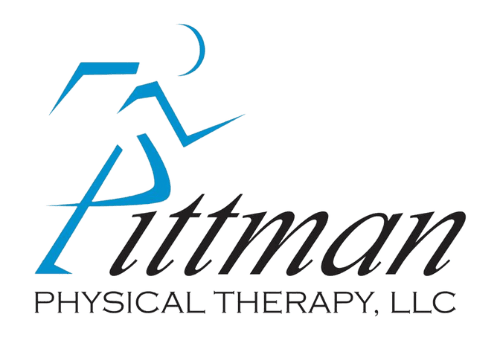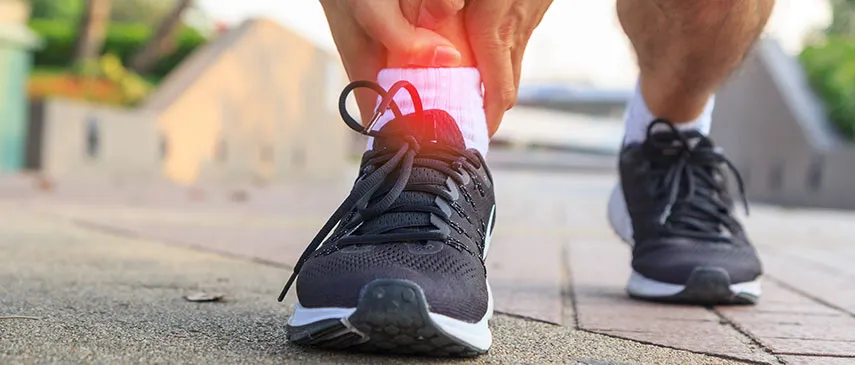There you are, walking through the park on a bright summer day when suddenly you find a hole with your foot. Before you know it, you are in pain, collapsed in a crumpled heap, hoping no one saw your graceful fall. What do you do? How do you know whether it is an injury that will go away on its own, and when should you call a physical therapist? The best way to find out is to contact one today to find out if your sprain, strain, or ankle pain warrants more attention.
What’s the Difference Between a Sprain and a Strain?
When it comes to ankles, this is one of the most commonly asked questions of a physical therapist. It’s actually much easier to differentiate between the two than you might think. But before we can talk about the difference between a sprain and a strain, you need to know the difference between a tendon and a ligament. Tendons are strong, fibrous tissue that connects bone to muscle. Ligaments are similar types of strong connective tissues that bond one bone to another bone.
A sprain happens when the ligaments of a joint (your ankle, knee, wrist, elbow, etc.) are twisted so violently that these strong connective tissues are stretched or slightly torn. Typically, with a sprain, the joint remains in place. A sprain can be mild resulting in only a few minutes or hours of pain, or it can be more severe, requiring physical therapy or even surgery.
A strain happens when the tendons that connect a muscle to bone are stretched or slightly torn. There are two types of strains—acute and chronic. Acute strains happen as a result of an injury. You may slip on ice and fall, straining a muscle in your leg while you try to balance yourself. Chronic strains happen when you perform the same motion over and over. Gymnasts, tennis players, golfers, and other athletes are likely to develop strains when they are not properly conditioned, do not stretch, or use improper equipment.
How Can Physical Therapy Help a Sprain or Strain?
Interestingly enough, working with a physical therapist has more benefits than simply regaining your strength after an injury. These medical professionals are highly trained movement experts who not only can help you recover from a sprain or strain, they can help you prevent injuries in the future. A physical therapist also offers drug-free pain relief that keeps you mobile and strengthens your body.
Physical therapy for a sprain or strain typically follows three steps. In the acute phase of the injury, pain relief is one of the primary goals. Severe sprains or strains are often painful. If surgery is warranted to reconnect a ligament or tendon or repair a muscle, pain management will often make the difference between a patient who works hard in therapy and one who does not. A physical therapist will offer several pain-relieving techniques—ice, heat, ultrasound, TENS, massage, and stretching. They will also teach patients how to administer these treatments on their own.
In the second phase of physical therapy, your physical therapist focuses on healing the injury. Typically, the first two phases go hand in hand as your physical therapist works to help you regain motion in the joint where the sprain happened or the muscle that is strained.
Once the injury has healed, a physical therapist will move on to preventing future injury. Once you have sprained a joint, you are more likely to do it again without proper therapy. The same goes for strains. Strengthening muscles around an injured area can often keep you from experiencing future problems.
For more information or to find out more about physical therapy’s effects on sprains and strains, contact us today.



